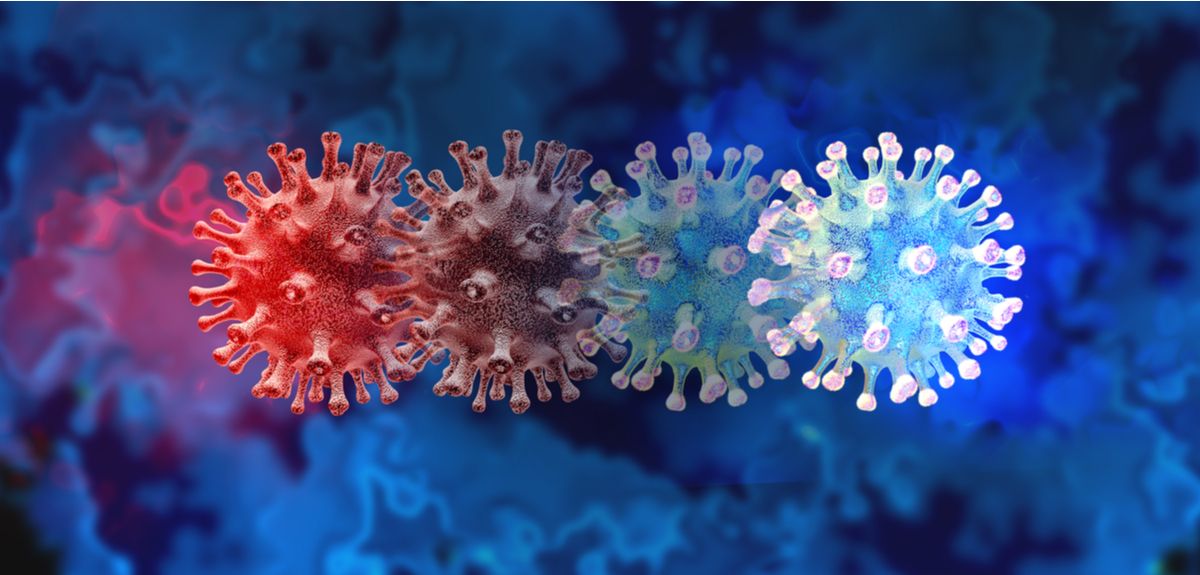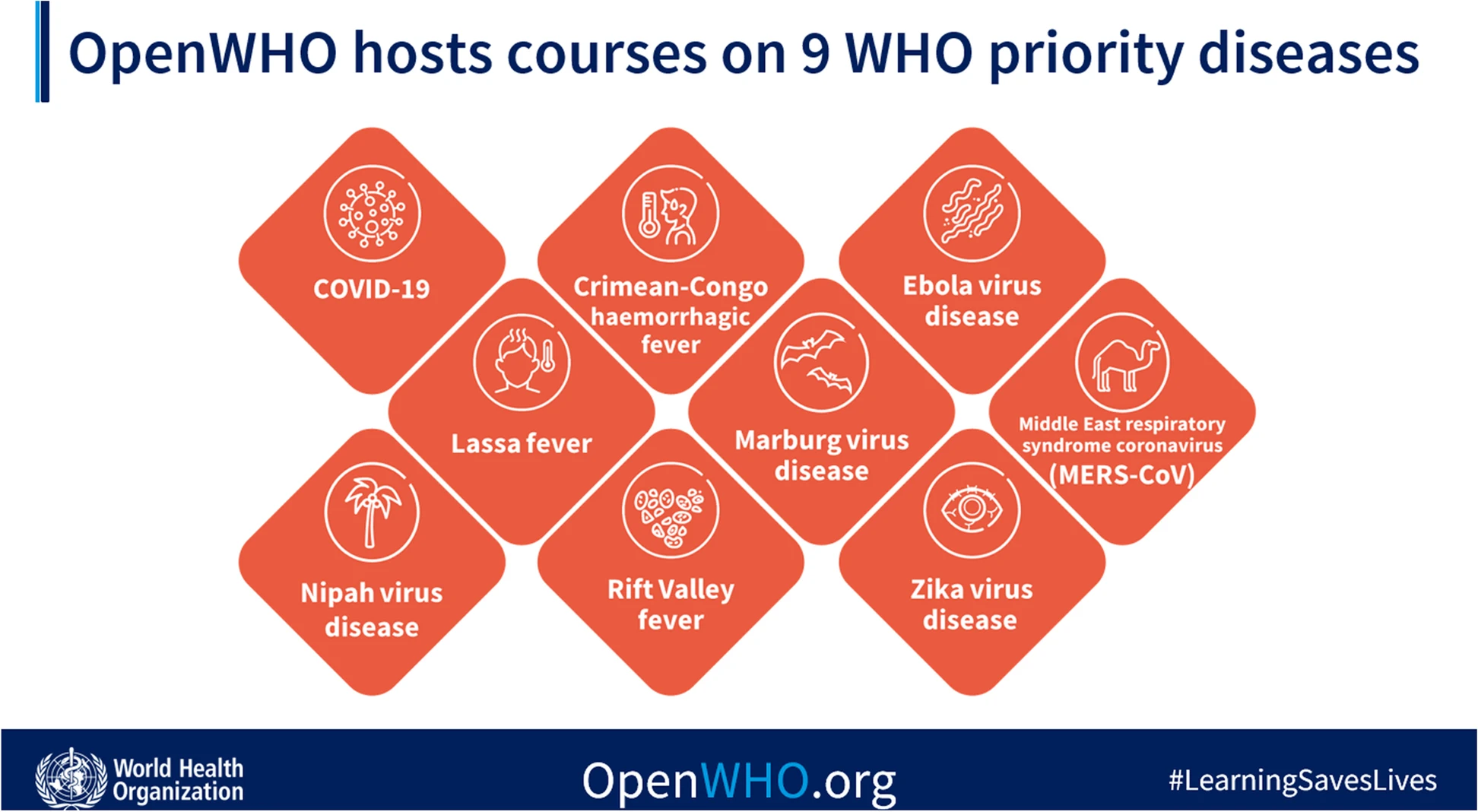In the quest to innovate, sometimes the answers lie in nature’s designs. A spiderweb sparkling with dew often admired for its delicate beauty, could become a cutting-edge tool to detect airborne viruses. Spearheading this venture is Jiangtao Cheng, an expert in nature-inspired innovation and associate professor at Virginia Tech’s Department of Mechanical Engineering. Backed by a grant from the United States-Israel Binational Science Foundation (BSF), Cheng and his team are developing bio-inspired technology that transforms spiderwebs into early warning systems for harmful airborne particles like COVID and other potential pathogens. What’s more, they are using 3D printing to create these webs.
From droplets to data
Cheng’s expertise lies in merging micro and nanoscale fluids with optical technologies, like lasers. Which means he studies the way tiny amounts of fluid interact with light. This has led the expert to discover that water droplets can trap particles from the surrounding air, thanks to their unique shape and properties. These particles might be anything from dust to harmful bacteria and viruses.
Once these tiny particles stick to or get inside a droplet, Cheng’s team uses lasers to identify them. When the laser light hits the droplet, it bounces around inside, picking up data on these particles. This data then acts “like a fingerprint,” letting the team know what’s inside the droplet in real time.
Why Spiderwebs?
However, scanning individual water droplets isn’t practical. That’s where the spiderwebs come in. Dew-covered spiderwebs act as natural holders for multiple droplets, and the silk of the web itself is ideal for guiding Cheng’s optical beams. Essentially, the spiderweb becomes a built-in sensor system, with the silk and droplets working together.
However, Cheng’s team ran into a hurdle. To detect viruses effectively, they needed more particles in each droplet. They solved this by using a nearby electrode to charge and attract more particles to the web, thus increasing detection efficiency.
Perfect web
To make their vision a reality, Cheng’s team turned to 3D printing. Using a mix of natural and synthetic materials, they create fake spiderwebs that are both soft and durable. The web is made of a flexible material with a special liquid inside it. This material helps the web hold its shape and capture tiny water droplets. To keep the web in good condition, they cure the fluid inside using ultraviolet light.
The printing process involves creating a hollow web shell first, then injecting it with the fluid, and finally curing it to ensure stability. These engineered webs not only hold water droplets effectively but also ensure the laser’s light travels through the structure.
Taking it to the Public
After creating their synthetic web, the next step is to analyze the particles it captures. Collaborating with Qiang Le, an associate professor at Hampton University in Virginia, the team is developing a smartphone app to deliver these results. This could pave the way for instant alerts about airborne threats.
Cheng envisions widespread application for this technology, from environmental protection to monitoring infectious diseases and ensuring global safety. The expert, who is also the primary investigator at the Fluid Physics Lab at Virginia Tech, notes, “Since this web is portable and deployable in both residential and ambient environments, it can become essential in environmental protection, infectious diseases monitoring, forensic science and global safety. Each deployed spiderweb sensor can provide real-time information for the health and safety of all. We are looking forward to seeing how it works when it’s deployed.”
If the spider theme had readers concerned, Virginia Tech’s Mechanical Engineering department set the record straight on social media: “No Halloween connection intended: Researcher Jiangtao Cheng has received a grant to create spiderwebs that detect airborne pathogens. Anyone with a fear of spiders might say they already have a nausea-inducing organism attached but don’t worry. They’re synthetic, and no eight-legged inhabitants are included.”
Detecting airborne threats quickly is more critical than ever. The World Health Organization (WHO) has a list of priority diseases with pandemic potential, emphasizing the seriousness of future airborne pathogens. One that has gotten global attention lately is Disease X, an as-yet-unknown pathogen that could instigate a devastating pandemic. The WHO coined this term in 2018, before the Covid-19 epidemic. But recent comments from Kate Bingham, former chair of the UK’s Vaccine Taskforce, highlight the magnitude of the potential threat. The expert compared Disease X’s potential impact to the devastating Spanish Flu of 1918, implying it could rival World War I’s death toll. The WHO says Disease X could be a new virus, bacteria, or fungus that we don’t have a cure for yet.
With other pathogens such as Ebola, SARS, and Zika also on the WHO’s “Blueprint list of priority diseases” as potential causes for the next lethal pandemic, the significance of Cheng’s work cannot be overlooked. His innovative approach, blending nature-inspired solutions with advanced technology, could be a crucial line of defense against these types of future threats.
Subscribe to Our Email Newsletter
Stay up-to-date on all the latest news from the 3D printing industry and receive information and offers from third party vendors.
You May Also Like
Further Understanding of 3D Printing Design at ADDITIV Design World
ADDITIV is back once again! This time, the virtual platform for additive manufacturing will be holding the first-ever edition of ADDITIV Design World on May 23rd from 9:00 AM –...
3D Printer Maker EVO-tech Reborn as NEVO3D — Once More With Feeling
EVO-tech was a 3D printing service and original equipment manufacturer established in 2013 and based in Schörfling am Attersee, Austria. The company produced high-quality material extrusion systems featuring linear bearings,...
3D Systems Brings 3D Printed PEEK Cranial Implant to the U.S. with FDA Clearance
For more than 10 years, 3D Systems (NYSE:DDD) has worked hand-in-hand with surgeons to plan over 150,000 patient-specific cases, and develop more than two million instruments and implants from its...
CDFAM Returns to Berlin for Second Annual Symposium
The second CDFAM Computational Design Symposium is scheduled for May 7-8, 2024, in Berlin, and will convene leading experts in computational design across all scales. Building upon the first event...


































